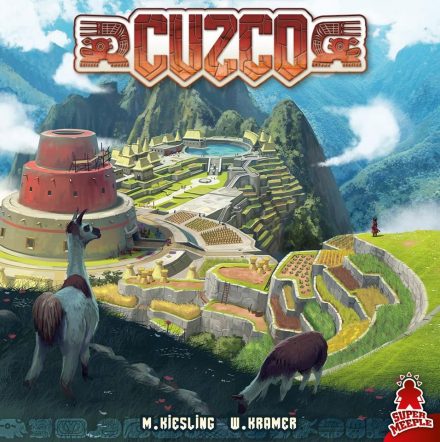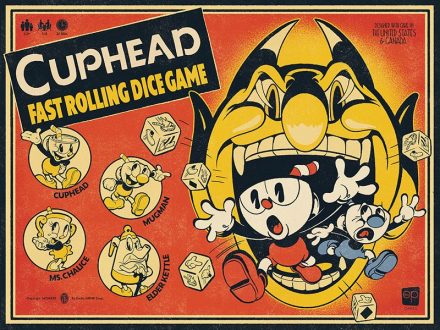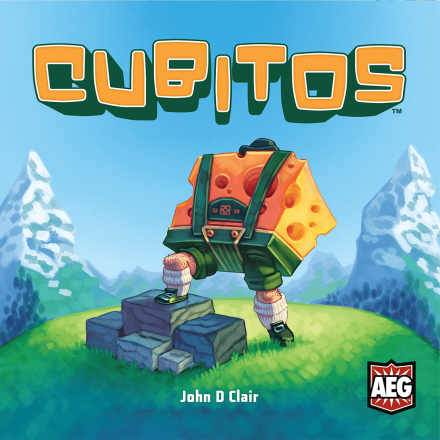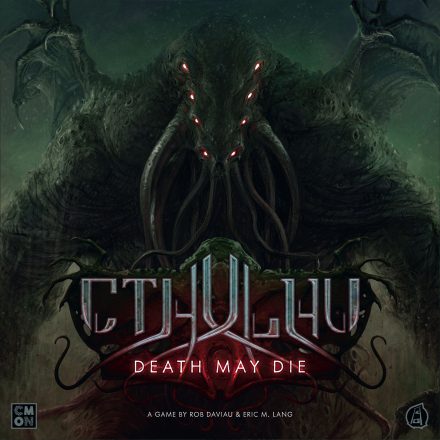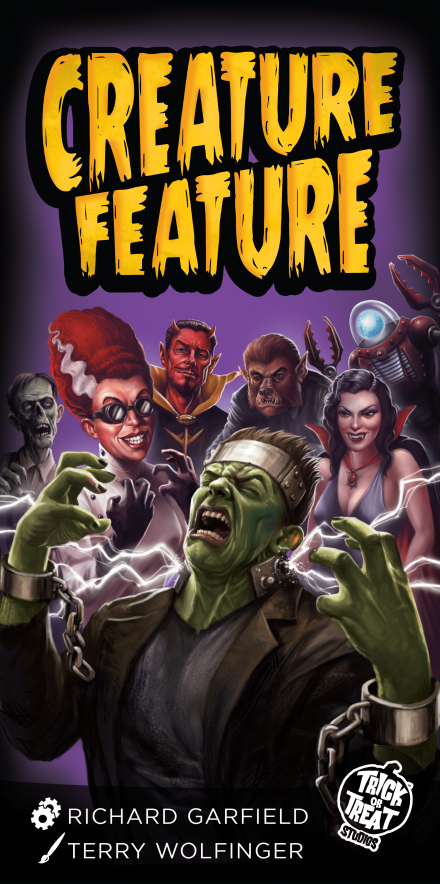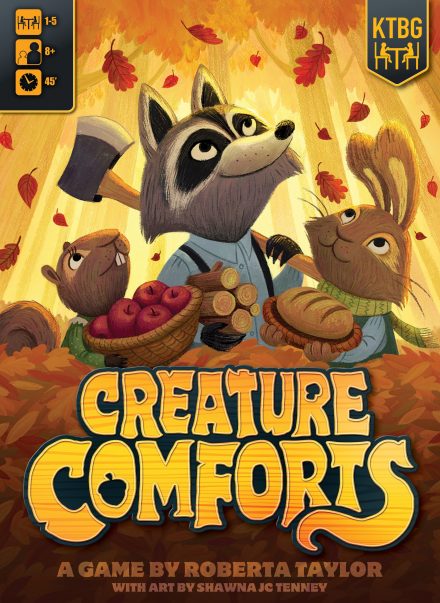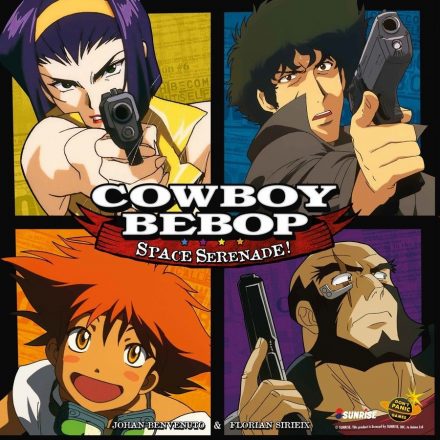Cuzco is a new 2018 edition of Java from French publisher Super Meeple that moves the action to South America, which is in line with the other titles in the Mask Trilogy as well as the authors’ original plans for the design.
Game Mechanics:
- Area Majority / Influence
- Auction / Bidding
- Hand Management
- Map Addition
- Tile Placement
- Zone of Control
Game Specifications:
- 2 – 4 Players
- ~90 Minutes
- Difficulty Weight 2.64

